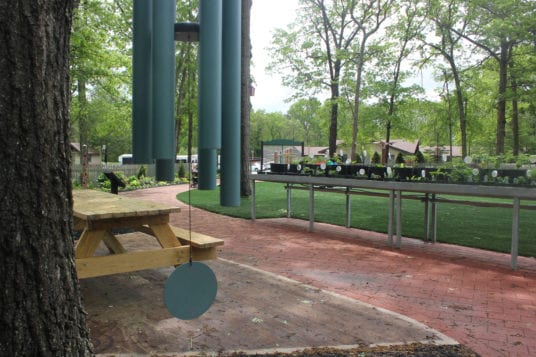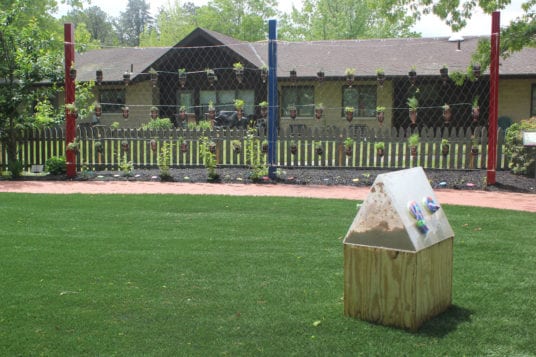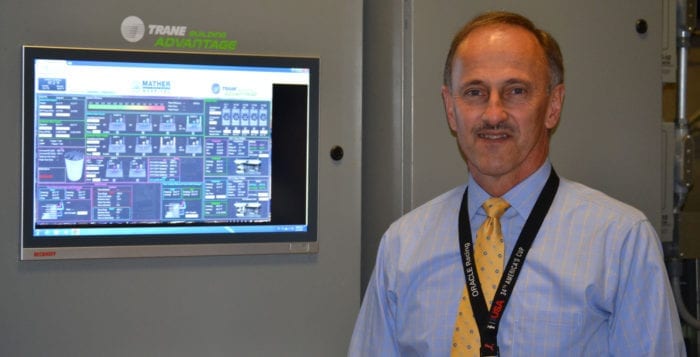Shade plant makes comeback after downy mildew blight
By Ellen Barcel

Impatiens are beautiful plants for the shade garden. They are colorful and bloom virtually the entire growing season as the plants spread. And yes, impatiens are finally coming back to the nurseries after several years of doing battle with downy mildew.
All variety of impatiens, with the exception of New Guinea, are susceptible, including plants that have impatiens in their lineage as well as wild impatiens. Although first reported in 2004, it was in 2011 when there were widespread outbreaks and impatiens disappeared from nurseries.

Downy mildew is a fungal-type infection that causes the plants to basically shrivel up and die. Once the plants show signs of disease, they can’t be cured. But now, wholesale nursery growers know about the problem and use a fungicide before any signs of disease appear.
Since the pathogen (spores) can remain active in the soil for many years, there are several things you as a gardener can do to make sure that your new impatiens remain healthy:
◆ Check out the new plants you are buying to make sure they appear to be disease-free (no yellow, wilting, brown curling leaves or fluffy white spots on the underside).
◆ Don’t plant your new impatiens in the same spot in the garden where you planted them in previous years. That way, if there are any spores left in the soil from previous years, you will have planted your new impatiens in a safer spot.
◆ If concerned, you could also plant your new impatiens in pots that have been thoroughly cleaned rather than in the ground.
◆ Use good-quality potting soil for containers.
◆ If you are still concerned that the new impatiens may be affected by downy mildew, plant New Guinea impatiens instead since they are highly resistant to the pathogen.

◆ To provide color in the shade, consider planting coleus, caladium or begonias instead of impatiens.
◆ To help avoid fungal diseases in general, water the ground, not the leaves of plants. For example, use a drip irrigation system that waters the soil/roots rather than the leaves.
◆ If you use a sprinkler system, have it set to come on early in the morning. That way, the water has time to soak into the soil and the daylight sun will quickly dry the plant’s leaves.
◆ If, despite all precautions, you find that your impatiens develop downy mildew, remove the entire plant (yes, that includes the roots and any fallen leaves and flowers), bag it and dispose of in the garbage. Do not compost it — or any plant showing signs of disease. If you compost it you are just saving the pathogen for next year. No current fungicide cures already infected plants.
Other common plant diseases
Many of the above recommendations apply to all sorts of plants that are prone to fungal diseases, such as the tomato/potato blight. In that case, look for disease-resistant plants. Damping off is a bacterial disease that can appear in seedlings in damp, cool soil. Always use fresh potting soil for seedlings. Blossom end rot of tomatoes seem to appear when tomato plants have not been grown in evenly moist soil. So, while you don’t want the soil soggy, you don’t want it to repeatedly dry out either. A calcium deficiency may also play a role. Black spot is common on roses, especially older varieties. Use an appropriate spray following manufacturer’s directions. To prevent the problem in new plantings, look for disease-resistant varieties.
Ellen Barcel is a freelance writer and master gardener. To reach Cornell Cooperative Extension and its Master Gardener program, call 631-727-7850.































